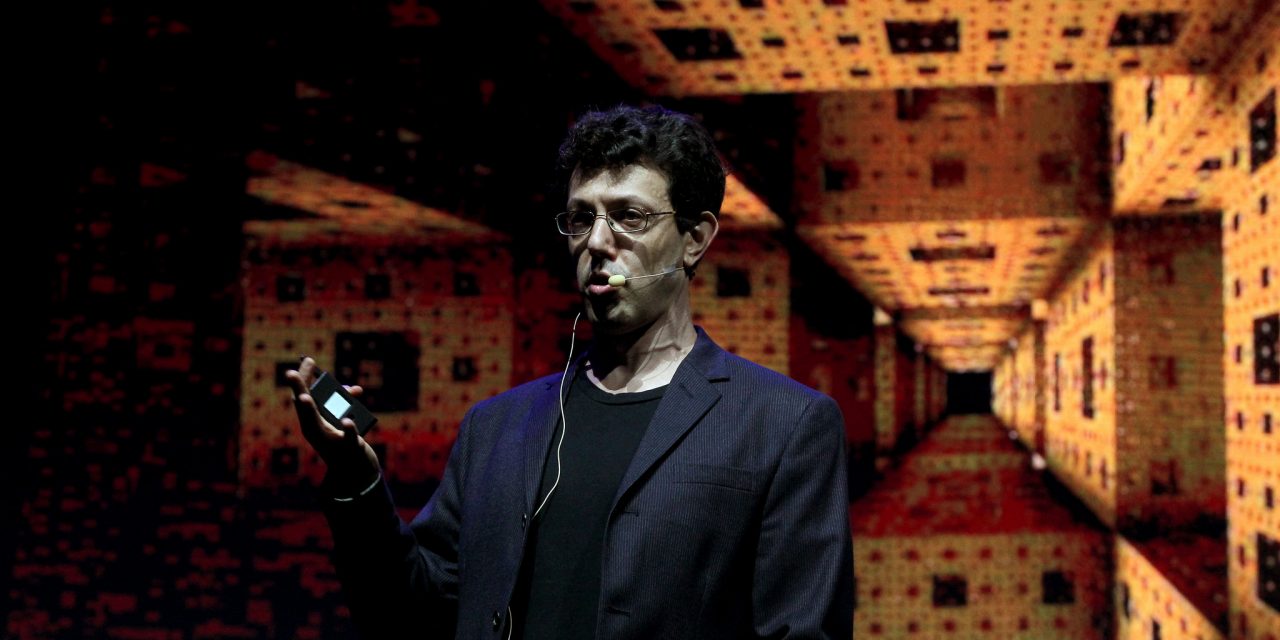August 8, 2018, 11:07 am

Delivering his plenary lecture this morning at the 2018 International Congress of Mathematicians, Princeton mathematics professor Assaf Naor spoke about recent advances to the Ribe program. Since it emerged in 1975, the Ribe program has opened new possibilities for mathematicians, including Naor, to work with properties and algorithms related to metric spaces.
“When I first learned of this as an undergraduate student, I was intimidated,” he told the audience of international mathematicians. But, he soon perceived it as a key to a world of potential for mathematicians in the field. At ICM, Naor gave contemporary context for mathematicians studying Ribe, and some of the program’s achievements, challenges and mysteries in the area of metric dimension reduction.
Read more:
Ribes theorem suggests certain important properties of normed spaces are actually metric properties in disguise and has inspired stacks of related research since publication in 1975. In this context, Naor explained that normed spaces can be characterized using distances between any points without reference to any underlying linear structure.
“As dimensions go higher and higher, it becomes more and more complicated but it also becomes more tame,” Naor continued, explaining how research has advanced. “The phenomenon discussed by Ribe hints but does explicitly explain the informal aspect, where we don’t have a clear theorem but have a gut feeling that we develop over time.”
Naor, a Czech-Israeli mathematician, first studied computer science at the Hebrew University of Jerusalem. He went on to work at Microsoft Research from 2002 until 2007, and has since worked as a faculty member at both the University of Washington and Princeton.
The Salem Prize (2008) recognised his contributions to the structural theory of metric spaces and its applications to computer science, and Naor received the European Mathematical Society Prize that same year, before winning the 2011 Bôcher Memorial Prize. He has been a fellow of the American Mathematical Society fellow since 2012.
“One beautiful aspect of mathematics and of the research programs is that we have some sort of an informal analogy between objects that seem very different from one another. As human beings, even though we did not write this as a mathematical theorem, we can think of different objects while imagining them as belonging somewhere else,” he said. Developing intuition, according to the mathematician, develops and helps researchers know what to look for and what questions to ask.
Tadashi Tokieda, who gave a special lecture at yesterday’s ICM, attended Naor’s talk. He was “amazed that in such an elementary part of mathematics, deep and fascinating results were hiding and uncovered in such a striking fashion by the speaker.”